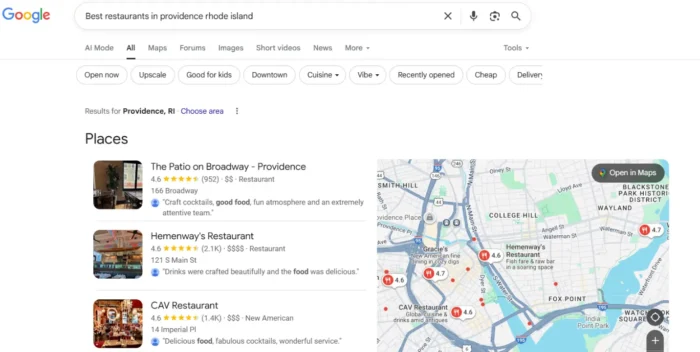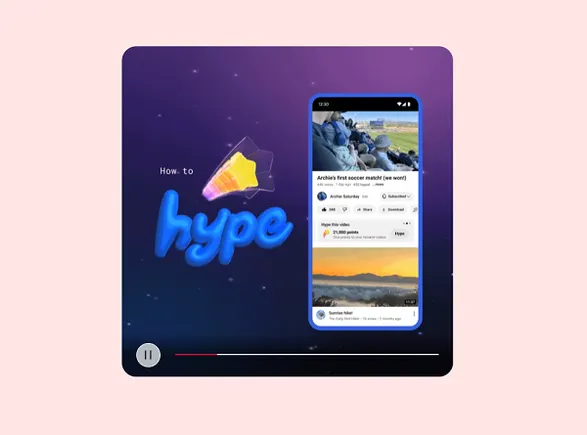High-energy commercials capture viewers' attention, study shows
A new study from the University of Notre Dame says TV advertisers can use high-energy ads, not louder ones, to entice audiences.

Looking to captivate a TV audience? Turn down the volume and turn up the energy.
A new study from the University of Notre Dame shows high-energy commercials can help brands capture—and hold—viewers’ attention. The findings support researchers’ observations that TV advertising has become increasingly energetic over time, despite federal limitations on commercial volume levels. It also suggests advertisers should play to consumers’ emotions, and not just their demographics and behaviors, in order to form the most effective advertising strategy. The efficacy of the techniques explored in the study varies across product markets and is likely to vary across media outlets, however.
The study arrived at the conclusion that high-energy commercials can be linked to better audience engagement by analyzing more than 27,000 TV commercials aired on U.S. networks between 2015 and 2018 and almost every single Super Bowl commercial aired from 1969 to 2020.
“High-Energy Ad Content: A Large-Scale Investigation of TV Commercials,” was authored by Joonhyuk Yang, assistant professor of marketing at Notre Dame’s Mendoza College of Business. The study, which was co-authored by Yingkang Xie, Lakshman Krishnamurthi, and Purushottam Papatla, appears in the Journal of Marketing Research’s February issue.
The team created a framework to algorithmically measure energy levels among the commercials, which they compared to people’s perceptions of the ads’ energy levels. The comparison showed that people-perceived energy levels were related to the level to which people’s emotional states were aroused by stimulating ad content.
“The positive association between energy levels in ad content and ad-tuning is statistically significant after controlling for placement and other aspects of commercials,” Yang said.
High energy, high viewer arousal
The team based its measures of commercial energy levels on Spotify’s energy measure for audio tracks. The streaming service defines energy as “a perceptual measure of intensity and powerful activity released throughout the track.”
The study concluded that TV ads’ energy levels are highly correlated with people’s psychological state of “arousal,” defined as “the subjective experience of energy mobilization, which can be conceptualized as an affective dimension ranging from sleepy to frantic excitement.” The study also found that the extent to which energy levels are correlated with viewers’ arousal states varies across program genres and product categories.
Food and beverage commercials aired during entertainment and news programs are more likely to be viewed for longer periods of time than those aired during sports programs, for example.
Legal limits on loudness
Traditionally, advertisers have pumped up the volume of their commercials to attract, and sustain, consumers’ attention.
But that trend fell out of practice when regulators imposed limitations on the loudness of commercials. In 2010, officials passed the Commercial Advertisement Loudness Mitigation (CALM) Act, which directs TV stations, cable operators and satellite TV providers to “measure and control the audio loudness of digital programming, including commercials,” according to the FCC. As a result, commercials cannot exceed the average loudness of the programs in which they are aired.
Yang’s team advises brands to use A/B testing, which splits an audience into two groups, to gauge how audiences react to different variations of ads. They also recommend that advertisers test multiple designs of ad creatives with the groups to determine which perform better.
“I hope this study motivates the initiation of such testing as well as for providing initial guidelines on designing such studies,” said Yang. “Also, we want to showcase the importance of careful feature engineering of ad content when relating it to consumer behavior.”

 AbJimroe
AbJimroe 
































